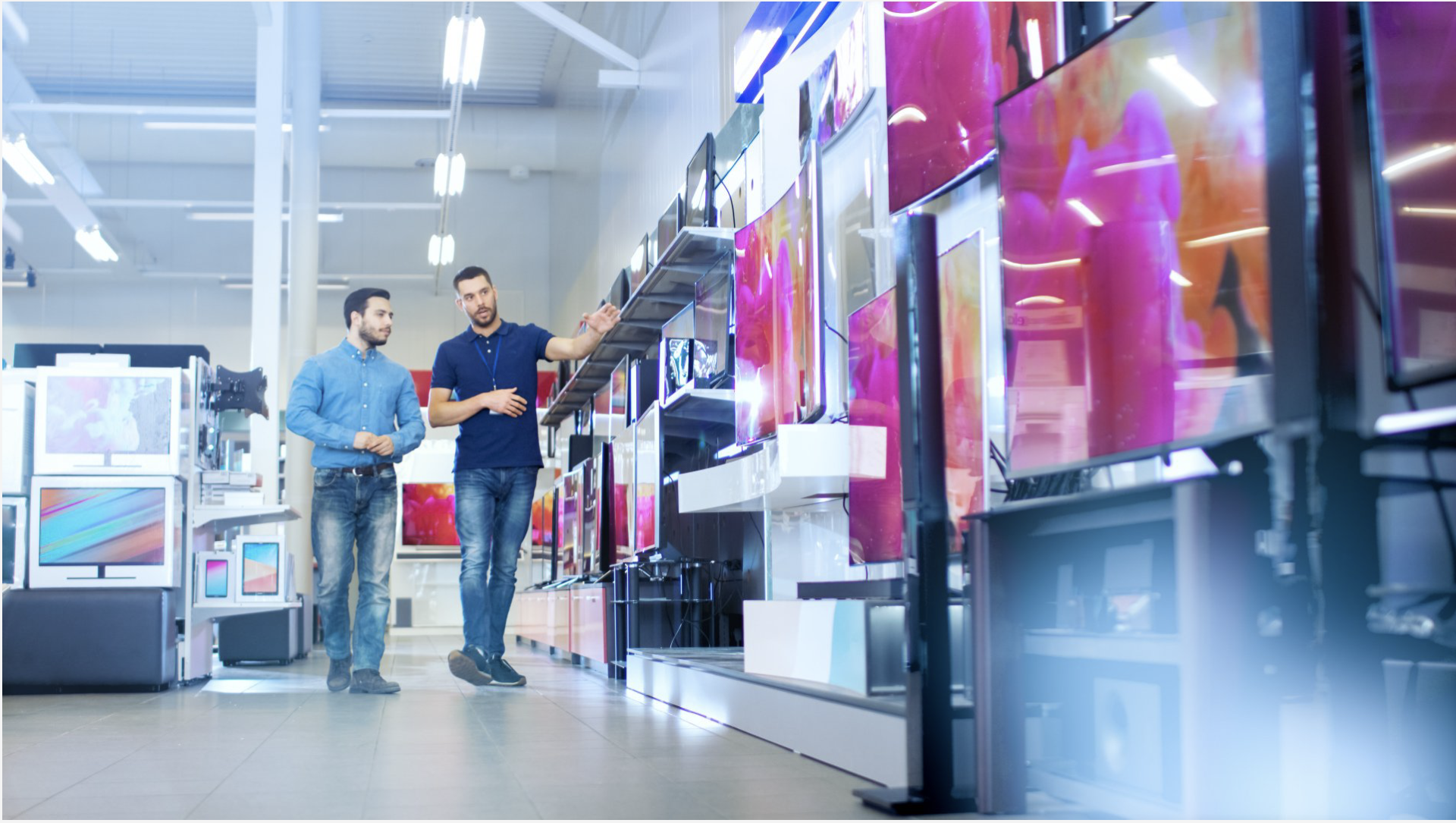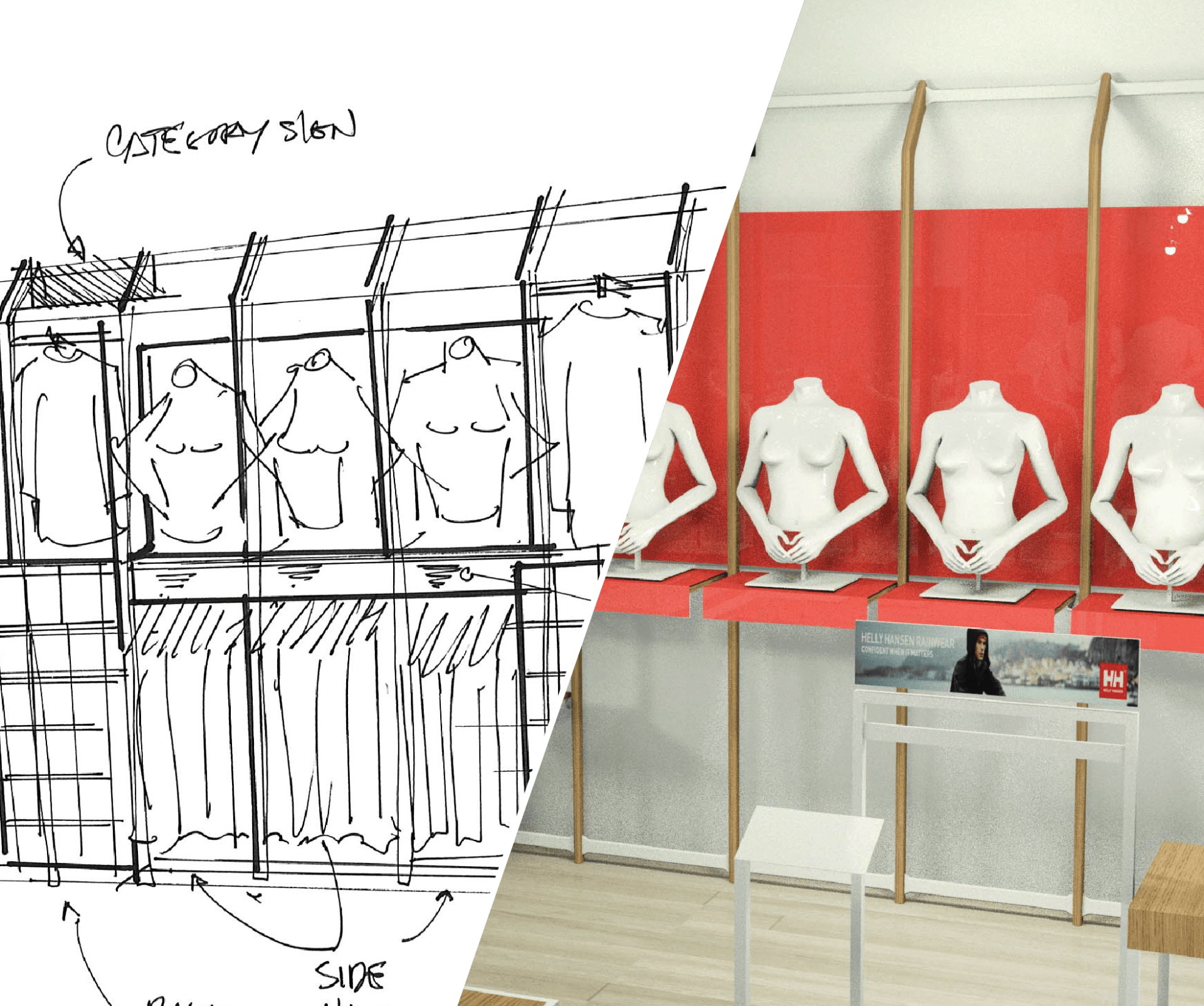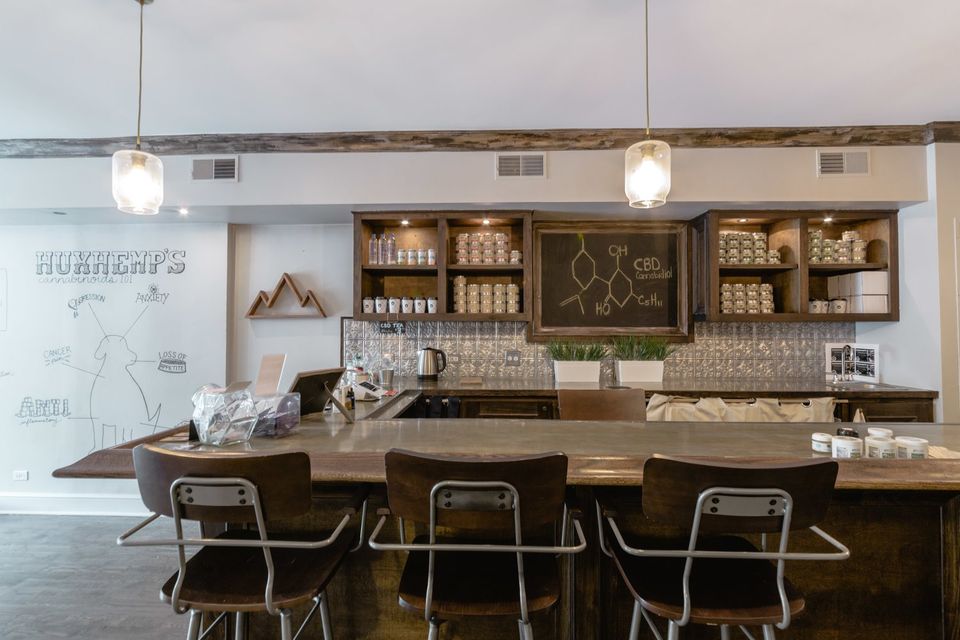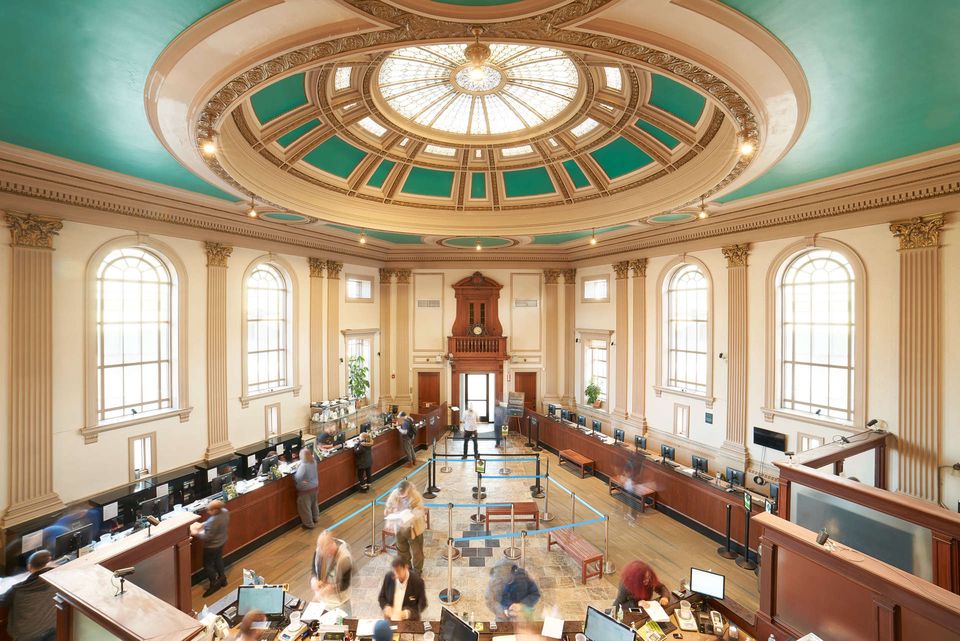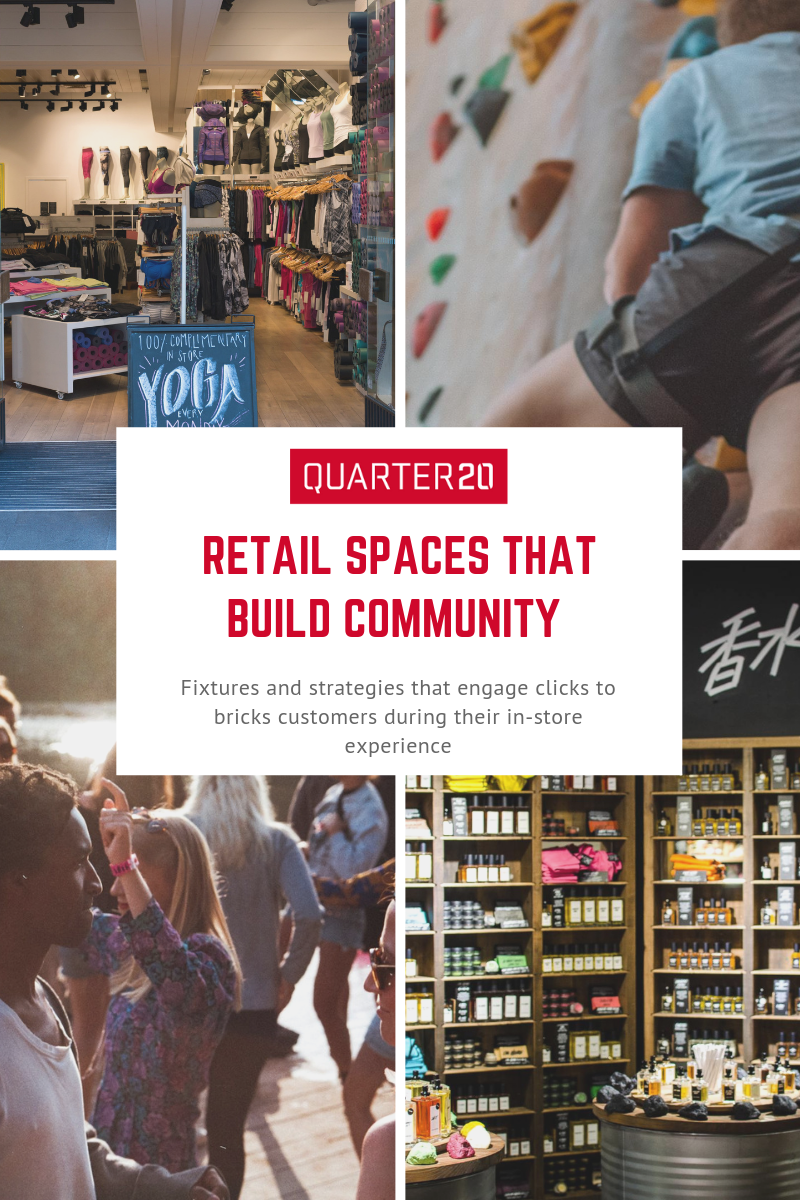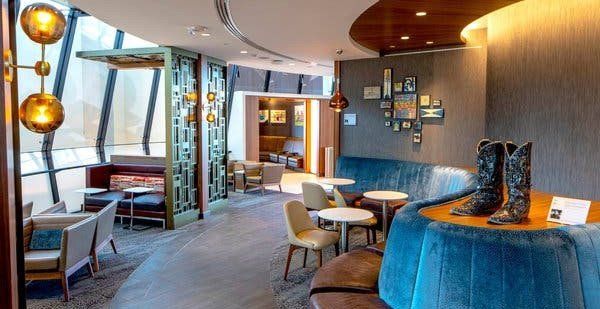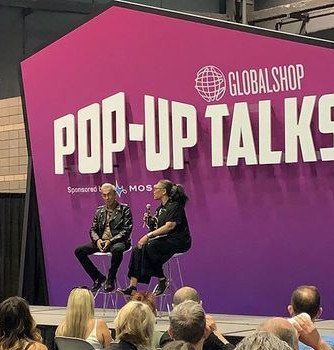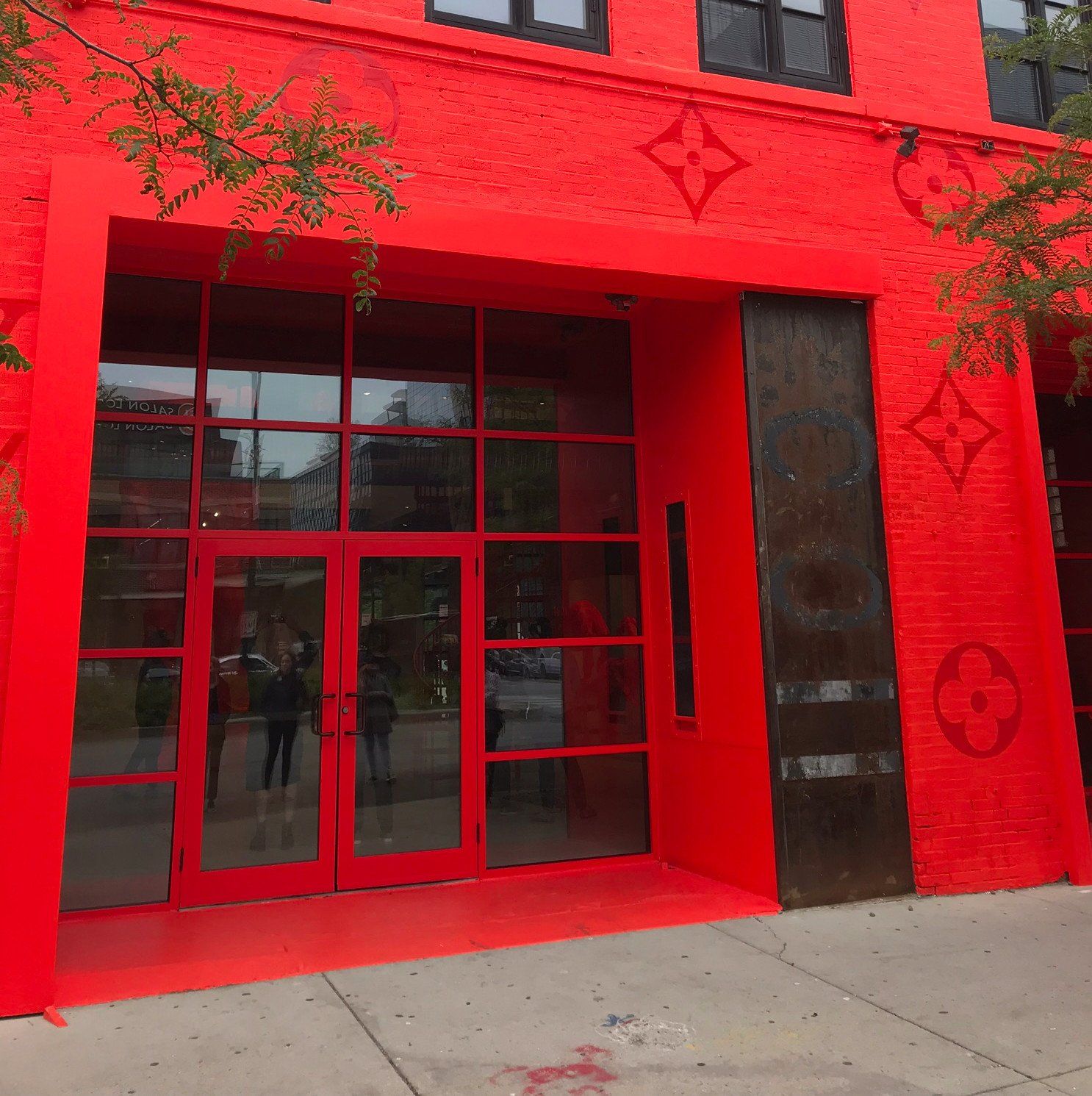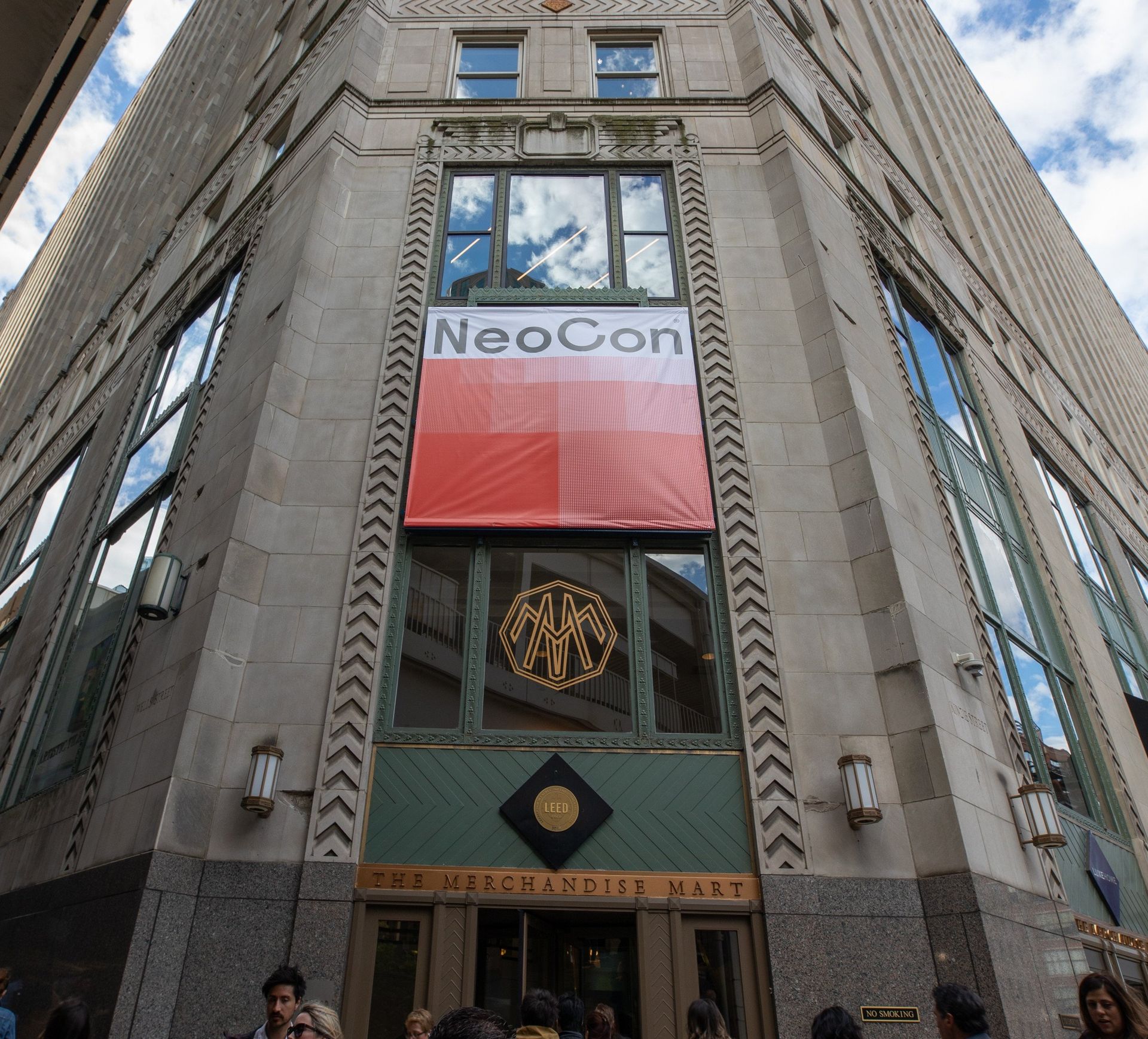Cannabis Dispensary Design Best Practices
What's Hot in Cannabis Retail Design Right Now
As legal cannabis sales continue to grow, there's a movement among dispensaries to improve the perception of cannabis, from educating consumers to providing a luxury buying experience. There is a growing trend across the industry to create spaces that are cutting-edge design statements and feature elegant décor and a one-of-a-kind, branded luxury buying experience.
Cannabis dispensaries are giving designers like us a new canvas to explore. From incorporating natural materials like rich woods, stone, and bright lighting, to creating retail establishments in alternative spaces - creative dispensary design is working to brand cannabis retailing as a luxury experience. We are more than up for that challenge.
Creating A Compelling Brand Through Cannabis Dispensary Design
Cannabis dispensary design has taken to heart the theorem that great design shapes human thinking and experience. Innovative design can help build trust in your brand. The best examples provide users with a high-end retail experience that rides the line between a pharmacy and a luxury wellness retreat.
Cannabis dispensary design offers an unparalleled opportunity to change the perception of cannabis by applying a design-forward approach to every aspect of the store's environment and customer experience. Focusing on creating a safe, flexible environment while providing patients an educational experience in a customer service focused setting can help to build brand awareness. Custom display cases with illuminating shelves, deep, rich colors, natural materials, and bright lighting can work together to create a sense of welcome and calm.
Cannabis Dispensary Design Examples
Retail fixture designers face a challenge to provide a customer experience that reflects the changing perception of marijuana. Cannabis dispensary design incorporates all of the elements of great retail design while addressing the unique display and service challenges faced by the cannabis industry. Designers have risen to the challenge and are creating high-end designs that incorporate materials like reclaimed wood, natural stone, and industrial lighting.
Here are some of the best examples of innovative design in the cannabis retail space today.
Silverpeak Apothecary – Aspen, CO
Colorado was the first state to pass recreational use laws and boasts some of the most innovative dispensary designs in the industry. Silverpeak likens their design to a Sonoma winery. This space is upscale but comfortable and features beautiful natural accents, wood display cases, and bright lighting. They created a warm and inviting atmosphere where people enjoy hanging out after making a purchase. This space features comfortable chairs, and a selection of books and music to enjoy, as well as display cases of merchandise on the perimeter.
Serra –Portland, OR
Serra's design is clean, sleek and simple. Triangular prism-topped cases neatly display products along with smoking accessories similar to miniature, beautifully designed green houses. Tidy little product information shadow boxes look to be taken out of a high end museum.
New England Treatment Access (NETA) – Brookline MA
NETA is the newest entry into the recreational cannabis space in Massachusetts. Housed in a historic former bank building, the design retains the original look and feel but with modern updates. The open and airy interior features a soaring blue domed ceiling, wide stone floor, large columns, a wood-lined balcony, and high arched windows.
Barbary Coast – San Francisco, CA
Brass studded bar stools, exposed brick, oriental rugs, and mahogany accents come together to make a statement at Barbary Coast. This cannabis dispensary design is all luxury and harkens back to the days of luxurious jazz clubs and Prohibition-era speakeasies. Visitors relax on period settees and order from menus that look more like craft cocktail lists than cannabis catalogs!
From stylish, sleek and modern, to pure luxury, these cannabis dispensary designs are incorporating all the best elements of retail design. Comfortable upscale looks create a totally new approach to retail, while helping to adjust the perception of cannabis into an upscale experience for consumers. As more states work toward legalization, we're bound to see creative designers take this niche to new levels of design to enhance the customer experience.
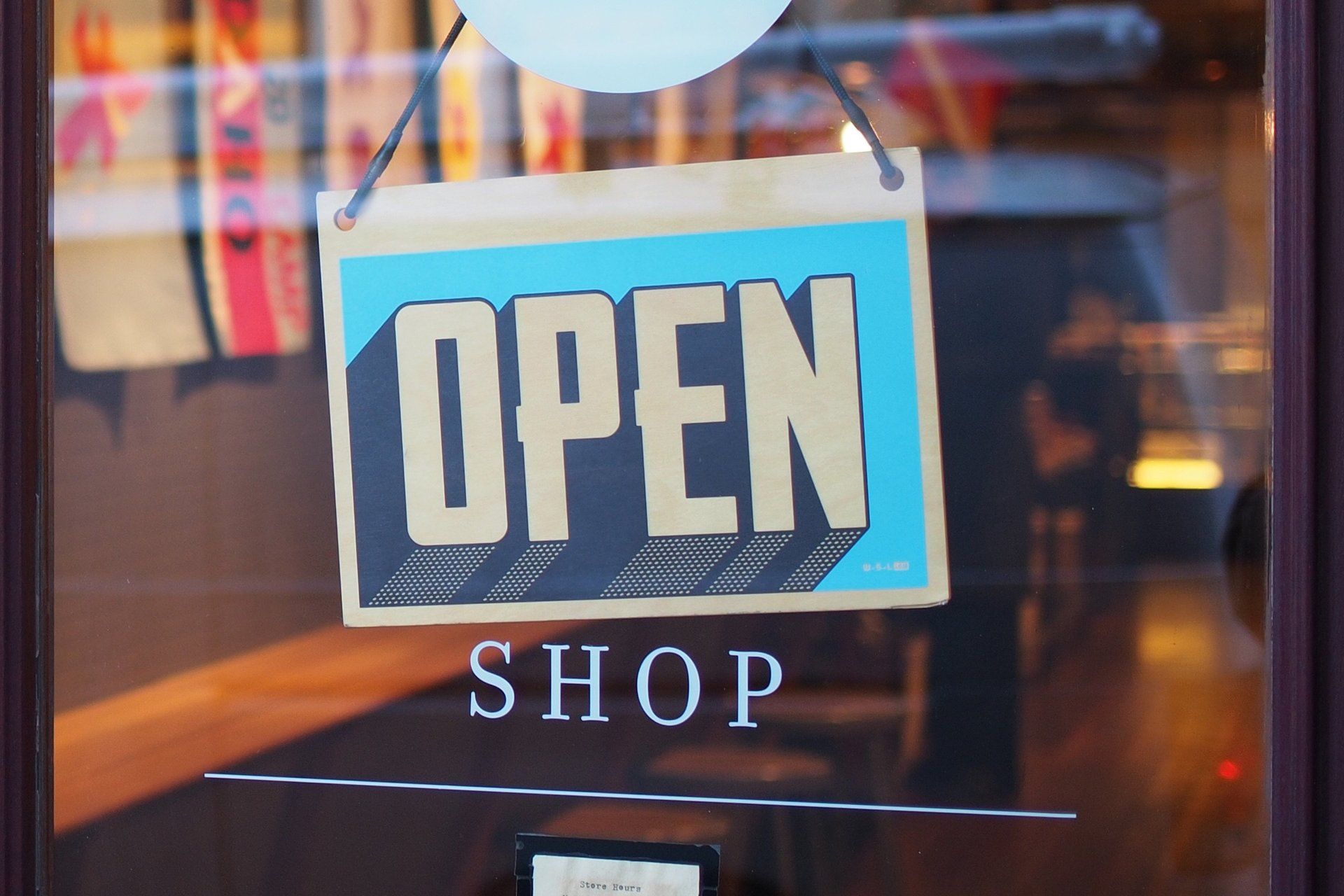
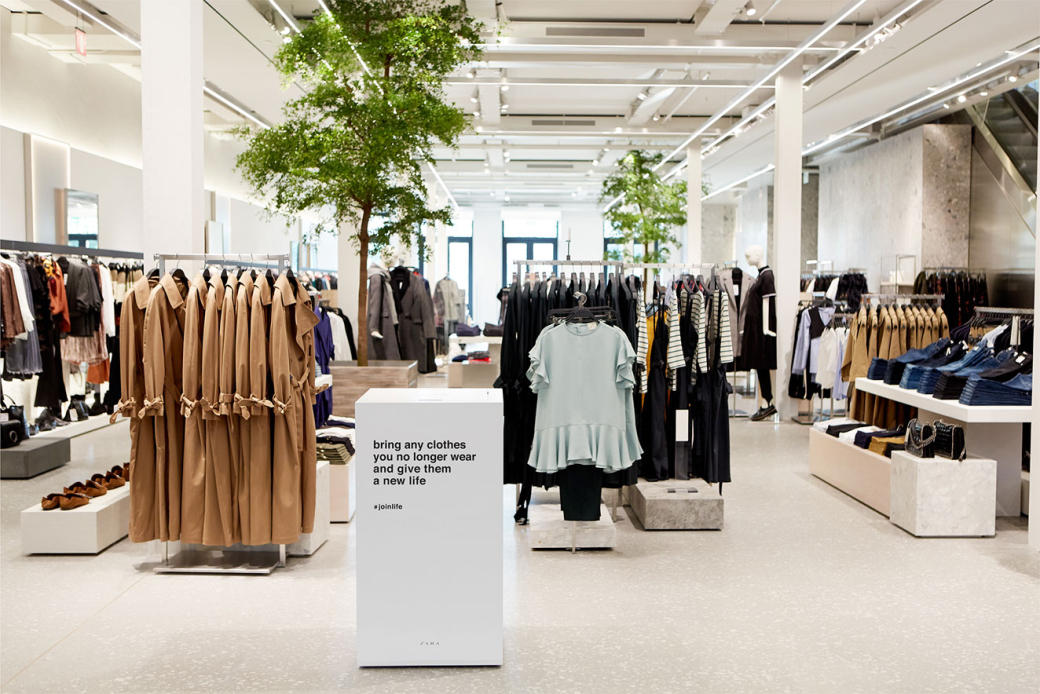
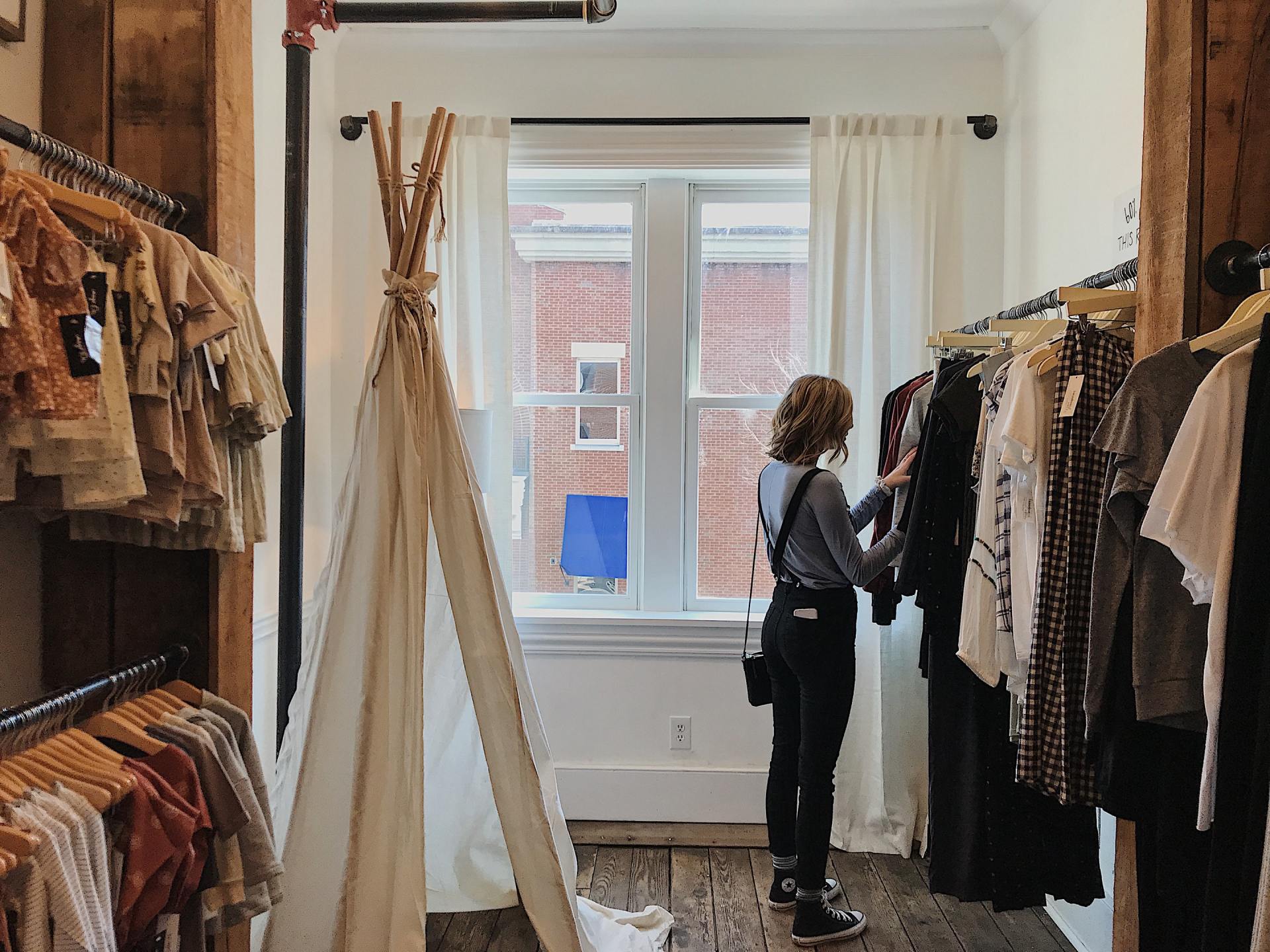
The Case For Convenience. How These Retailers Built Convenience Directly Into Their Brand Experience
